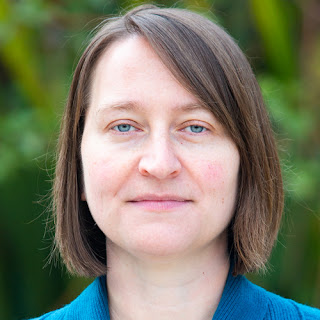Data Science for good - or is it? Case studies from the Human Rights Data Analysis Group

On Monday October 3rd at 4pm in Olin 201 , Megan Price , Executive Director of the Human Rights Data Analysis Group will present a few case studies involving violent human rights violations globally and will talk about how data analysis plays a role in tracking and quantifying these violations. We interact with the outputs from quantitative models multiple times a day. As methods from statistics, machine learning, and artificial intelligence become more ubiquitous, so too do calls to ensure that these methods are used “for good” or at the very least, ethically. But how do we know if we are achieving “good”? This question will frame a presentation of case studies from the Human Rights Data Analysis Group (HRDAG), a Bay Area nonprofit that uses data science to analyze patterns of violence. Examples will include collaborations with US-based organizations investigating police misconduct and partnerships with international truth commissions and war crimes prosecutors. HRDAG proje
